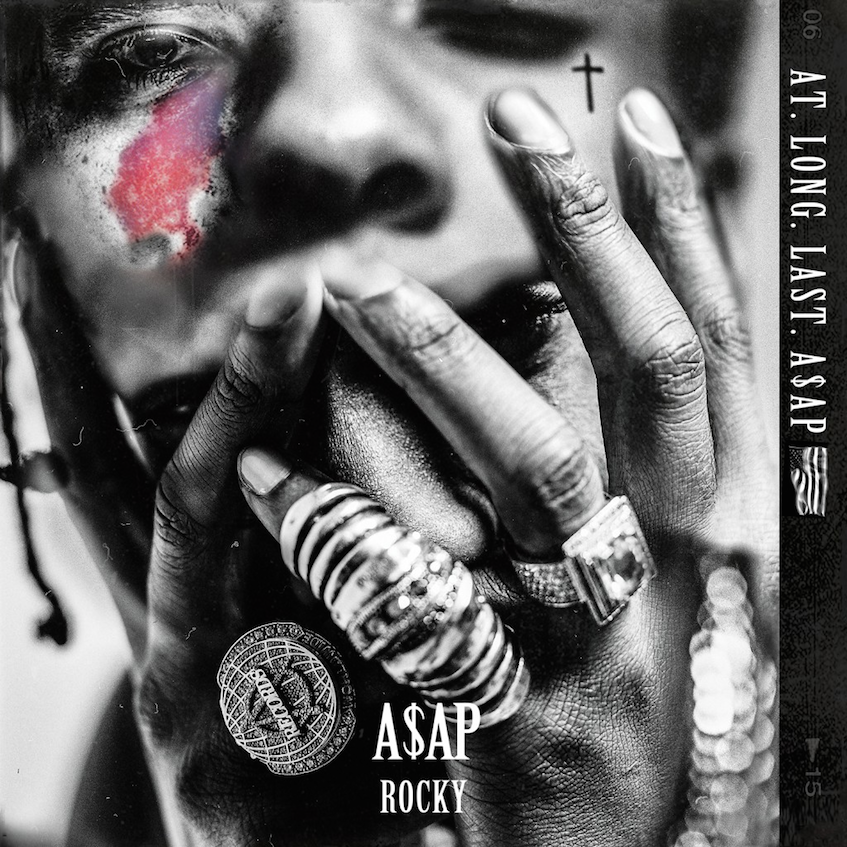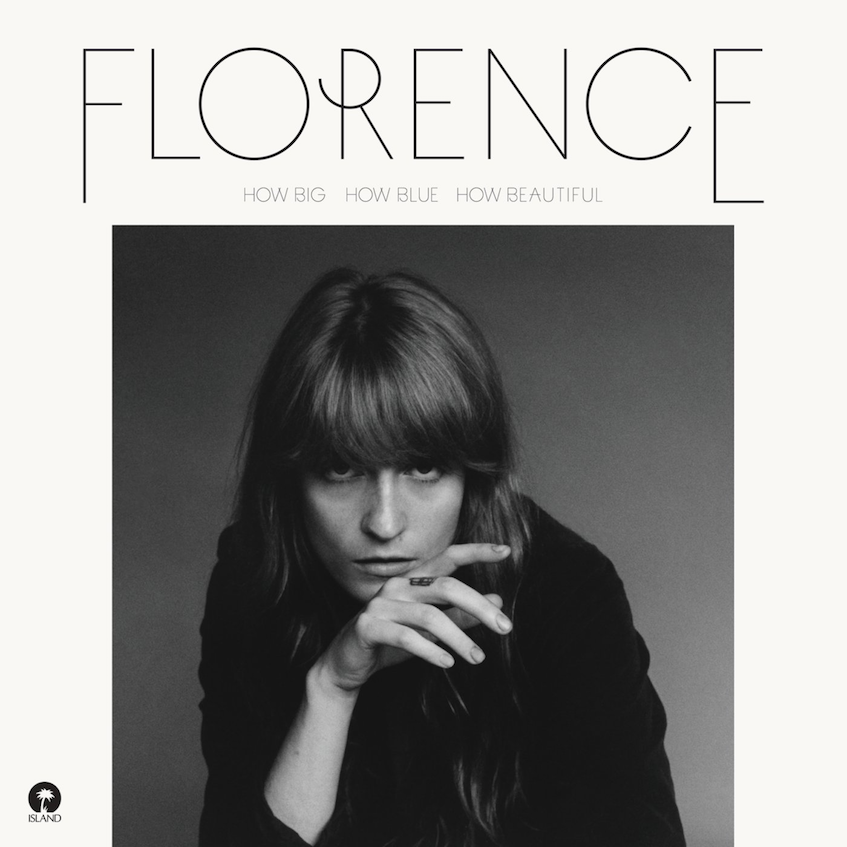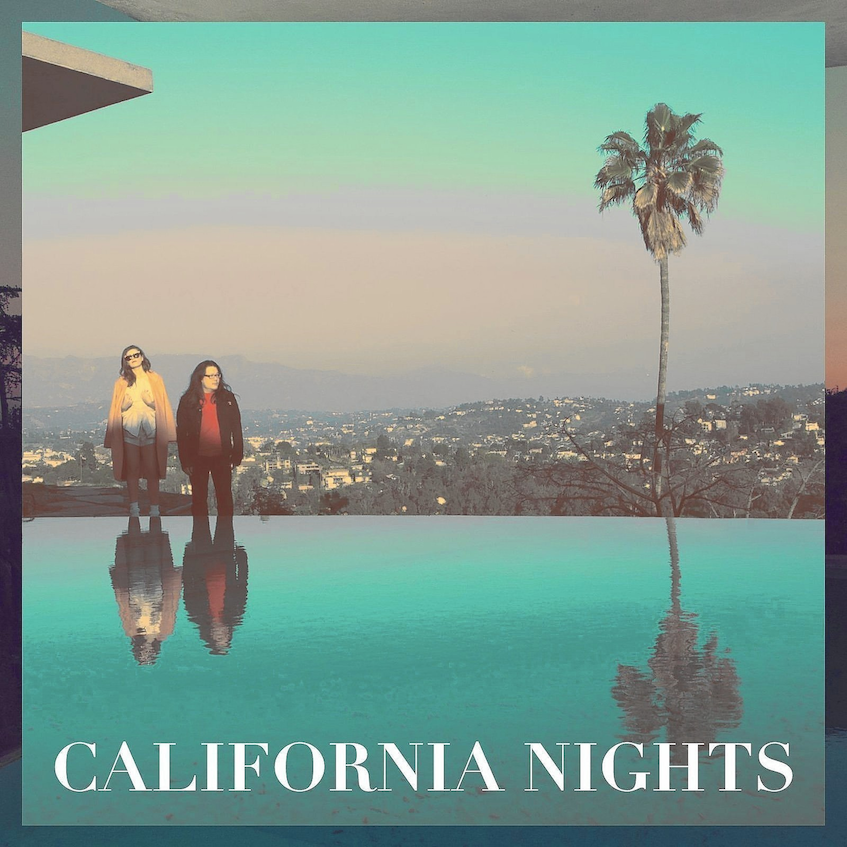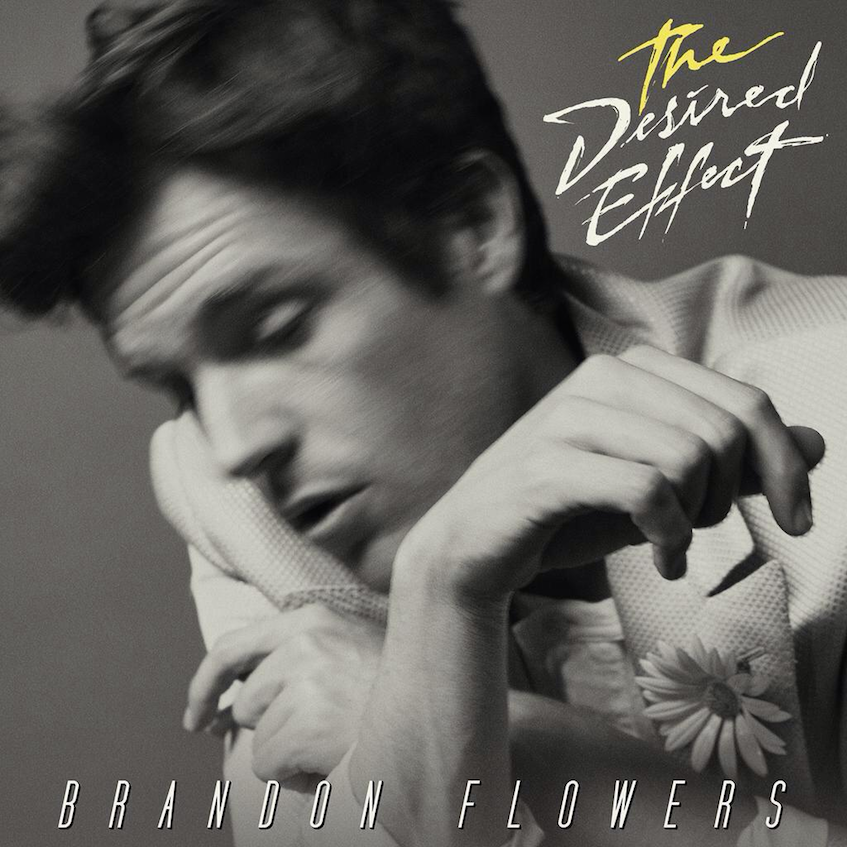Print Edition: June 17, 2015

A$AP Rocky
At.Long.Last.A$AP
At 19 tracks long, A$AP Rocky’s third album is decidedly underwhelming. In comparison to Long.Live.A$AP, (his previous project, which was only 12 tracks long), A.L.L.A. is riddled by, quite frankly, forgettable material.
Thematically, there hasn’t been much of a change — everything’s still pretty much a continuation of Rocky’s self-aware boasts (mostly regarding fashion, wealth, and women). The production, however, is much more relaxed and, at times, more experimental than what A$AP Rocky usually jumps on, which is a welcome change.
Part of my misgivings about this record stem from the fact that there are little to no verses of note throughout. The tracks are a lot less hooky, which I can overlook and perhaps even applaud, as I find a lot of Rocky’s contemporaries use hooks as crutches, but apart from “Everyday,” “Canal St.,” and “Back Home,” the tracks just sort of blend into one shapeless, directionless auditory mass. Most importantly, “Everyday” and “Back Home” are only noteworthy due to Rod Stewart and Mos Def’s contributions, respectively. “M’$” is also worth mentioning due to Lil Wayne’s guest verse, which is surprisingly on-point for the Young Money rapper.
But as far as any overarching impressions go, At.Long.Last.A$AP has next to no replay value and comes as a disappointment from an otherwise pretty decent artist.
Best Coast
California Nights
Three albums in, Best Coast’s name comes with a few obvious associations, connecting the band to hazy bliss and twilight, California sunset with tambourine and hypnotic guitar. But no, that’s Mazzy Star. Bethany Cosentino, who writes all the band’s songs (Bobb Bruno, Wally Gagel, and Brady Miller are her backing band), strikes a balance between Brill Building simplicity and skateboard video adrenaline; at its best, it could be a slightly less anxious counterpart to Wavves’ Afraid of Heights (“When Will I Change” is the clearest at saying paralysis sucks), or a carrying of the baton left by the Breeders’ cover of “So Sad About Us.” Best Coast still doesn’t hold much in the way of great album cuts — the Drew Barrymore-directed video for “Our Deal,” a mall-punk Romeo & Juliet set in underpasses and drainage canals, remains the best thing the band has been a part of; here, songs like the sha-la-la-ing “Jealous” seem made more for music videos than album plays.
Cosentino debuted California Nights on Tumblr, which fits the lazy-seeming yet intensely committed sensibility she’s cultivated: ready to fight, but mostly lamenting wasted time. “What is life / what is love / what’s the meaning of it all / Do I even care / or is it just / I am so unaware?” is pure arrested adolescence, but it’s also intimately close to the fear of a rapidly ticking social clock, where the possibilities of shutting off and knowing everything co-exist, uncomfortably.
Florence + the Machine
How Big, How Blue, How Beautiful
In the title track of her third album, lead singer Florence Welch shifts from the big, blue expanse overhead to the near-confessional, “and every day I wear your face like an atmosphere around me,” subtly threading together the minute and wider scope that interplay throughout the album. Lyrics are moved by a poetic simplicity, with subtle but poignant figurative moments like, “every skyline was like a kiss upon the lips.”
“How Big, How Blue, How Beautiful” also marks a shift in instrumentals early in the album, coming in heavy with the brass, especially saxophone. The instrumental complexity and featuring of different brass voices (like the notable punctuation of trumpet notes against a quick, urgent percussion in “Queen of Peace”) picks the album up after some abrupt shifts in tone and tempo that create a disjointed feel in the second track, “What Kind of Man.” In that song, a minute-long, soft, sad intro segues into a punchier attitude with staccato guitar notes, and the moods don’t coalesce well.
That said, the album’s great strength is its conveyance of emotion, restlessness, and urgency, especially in “Caught” where the vocals are at once powerful and seemingly contained by the tortured intensity of feeling trapped.
My favourite song, though, is the first one: “Ship to Wreck.” The layering of instruments and particularly the use of celesta (similar in tone to the glockenspiel) is compelling and unique, the mood of the piece a perfect blend of reflective and restless — setting the tone for an album that’s worth listening to on repeat.
Brandon Flowers
The Desired Effect
Though Brandon Flowers is best known as the front man for Las Vegas rock ’n’ roll band The Killers, he has slowly chiseled out a musical niche of his own as a solo artist. Flowers’ first solo release Flamingo introduced us to his retro 80s rock and pop style and his newest release The Desired Effect ventures deeper into that sound.
Throughout the record, Flowers and producer Ariel Rechtshaid (Vampire Weekend, HAIM) create a sonic tapestry that spills over with nostalgic melodies. A prime example is the track “Still Want You,” a tropical, light and airy pop track with jangly pianos, laid-back percussion and spastic vocal rhythms.
Other standout tracks include “I Can Change,” which samples the backing synth, bass, and vocal cries from Bronski Beat’s “Smalltown Boy,” and “Can’t Deny My Love,” which is perhaps the most modern-sounding piece on the album, but successfully mixes into the flow and feel of the entire record.
I would be hard-pressed to say any song on The Desired Effect is a complete home run, but that being said, there is something worthwhile here if you’re hankering for an ‘80s sound in the modern age.





